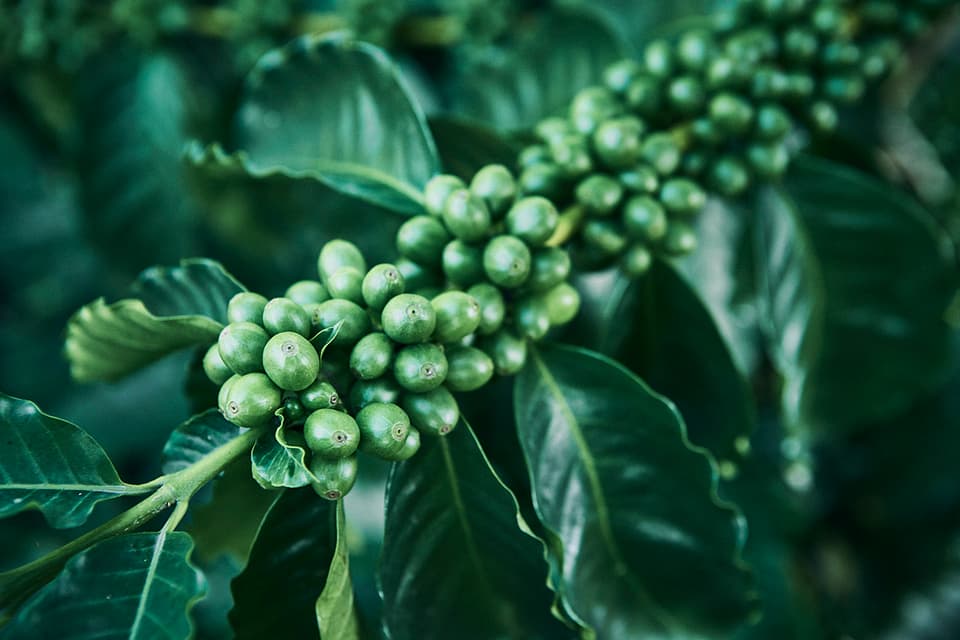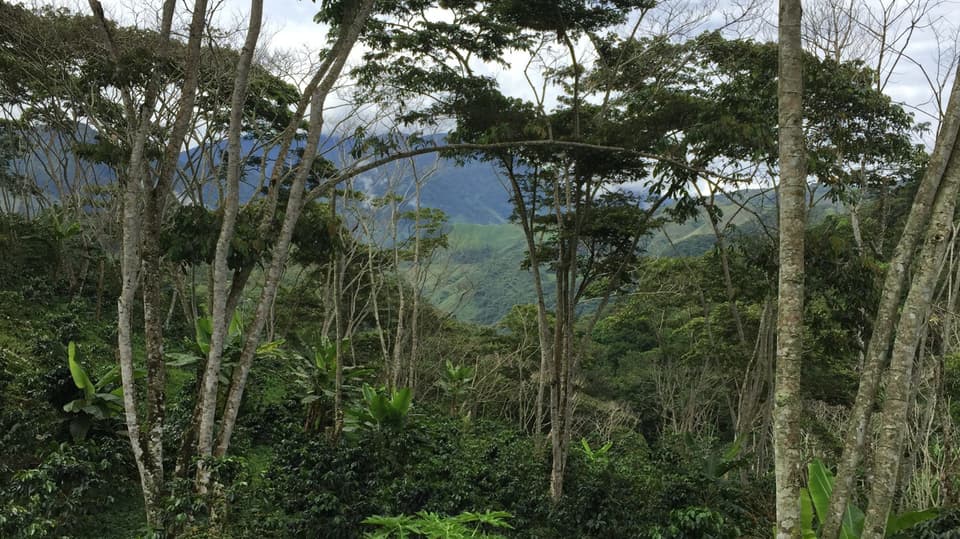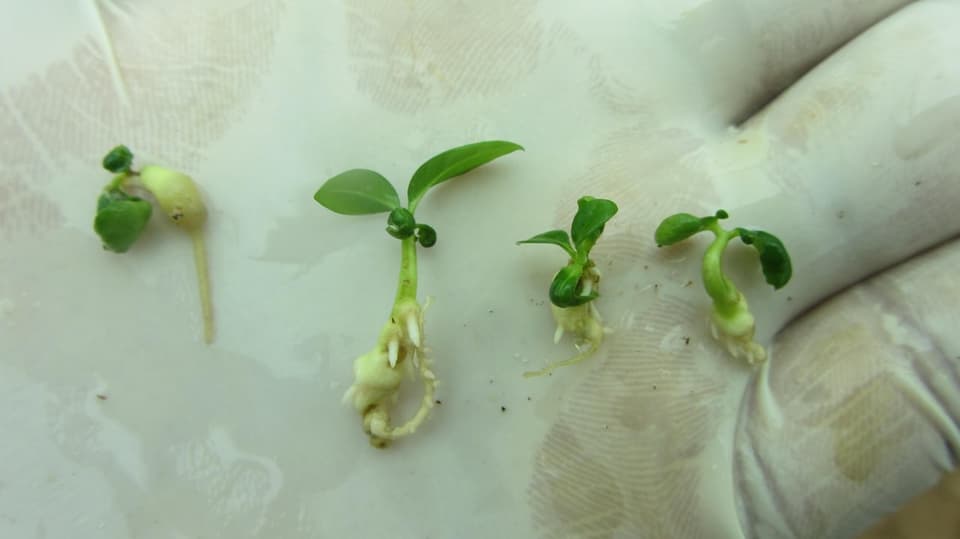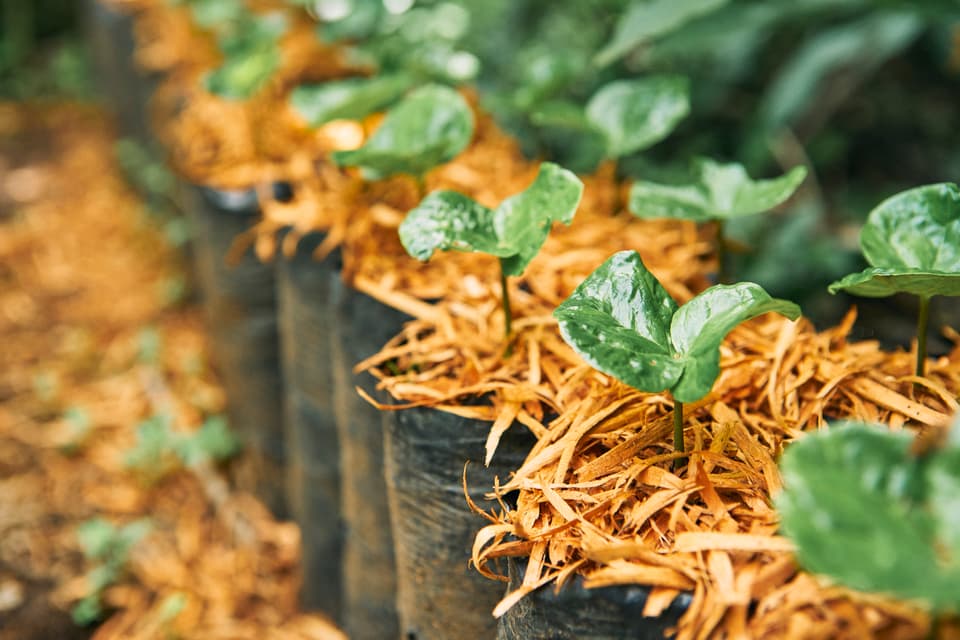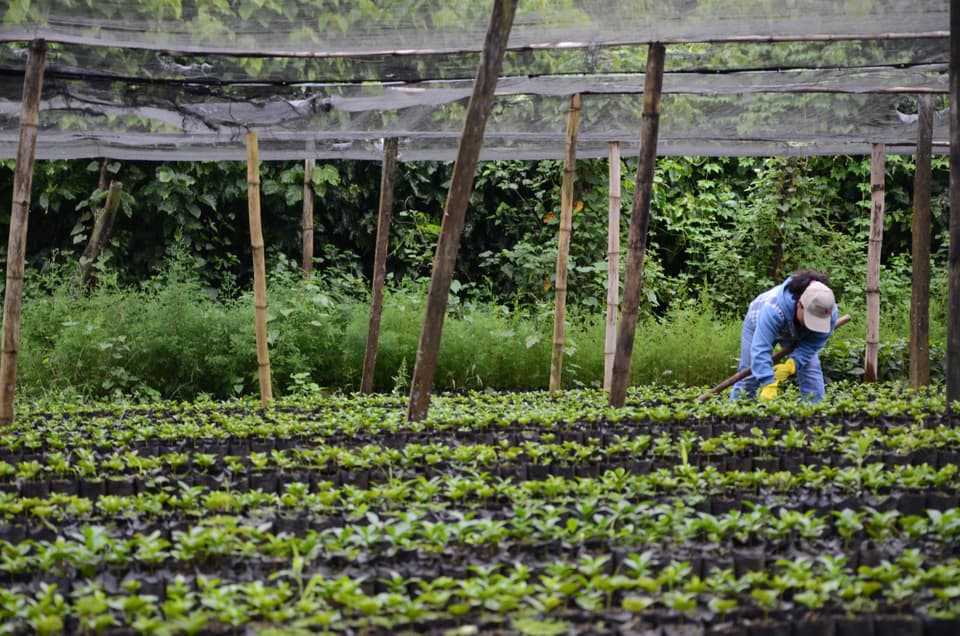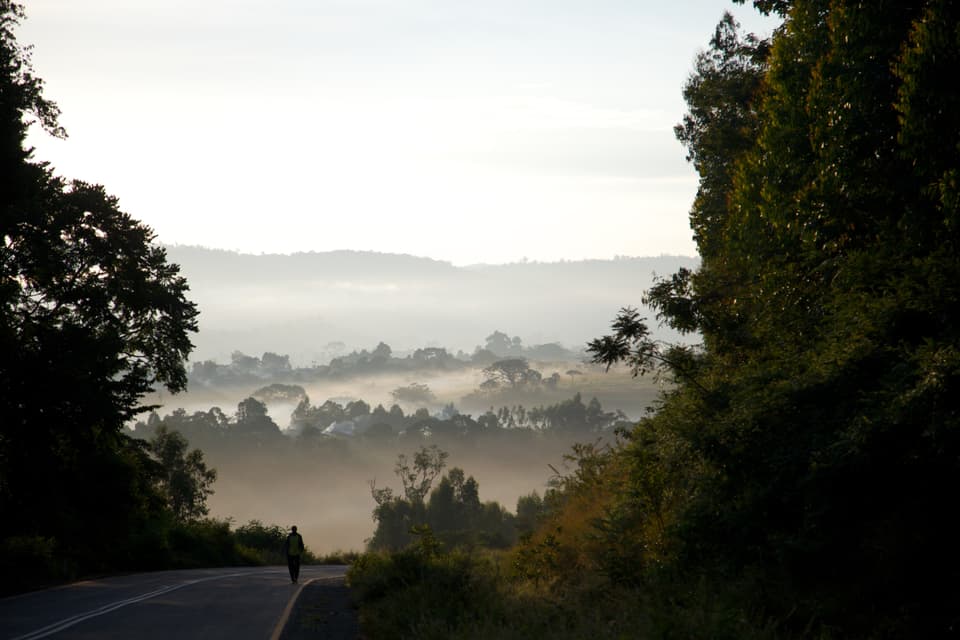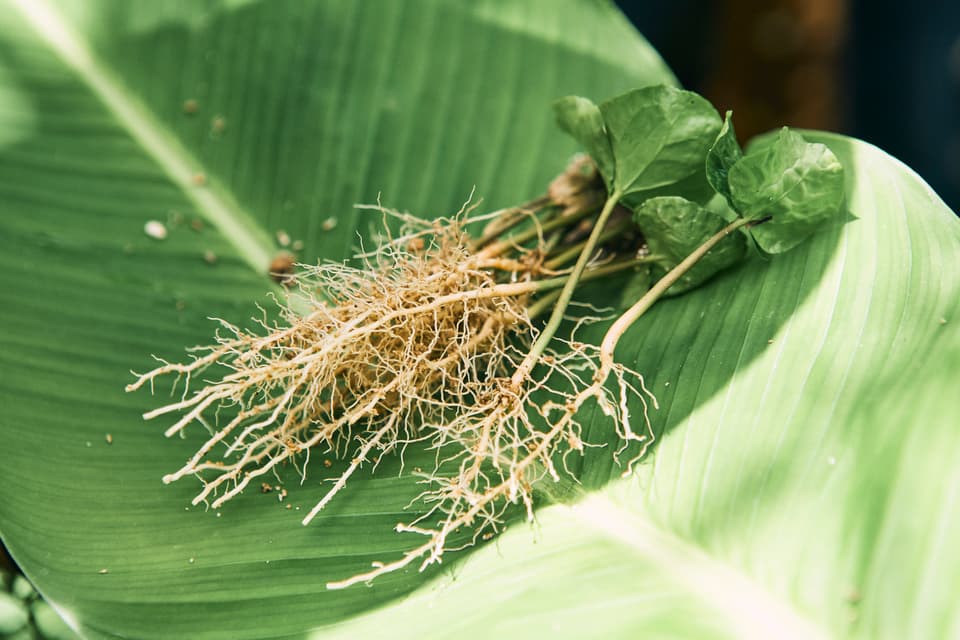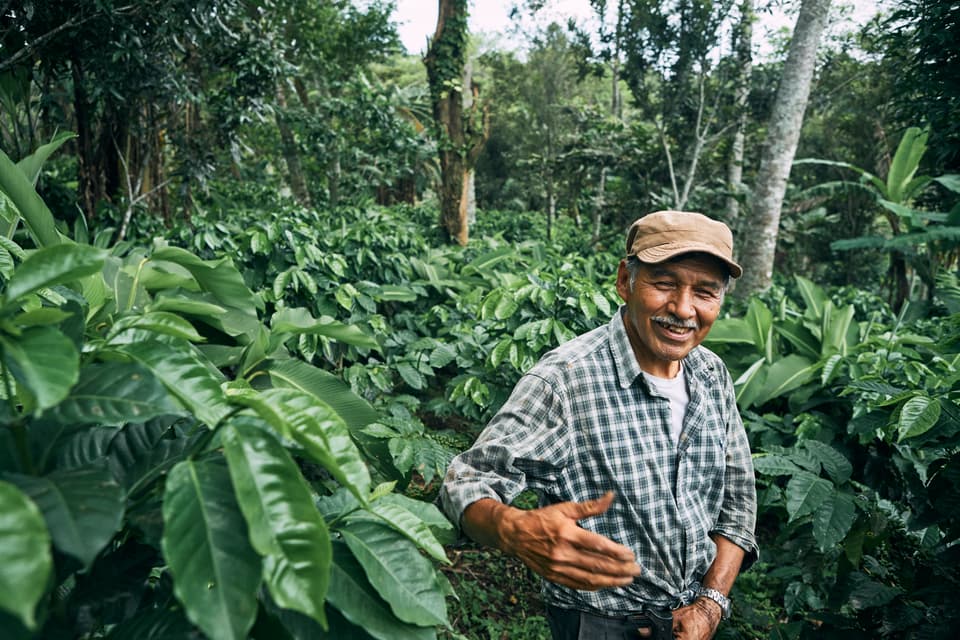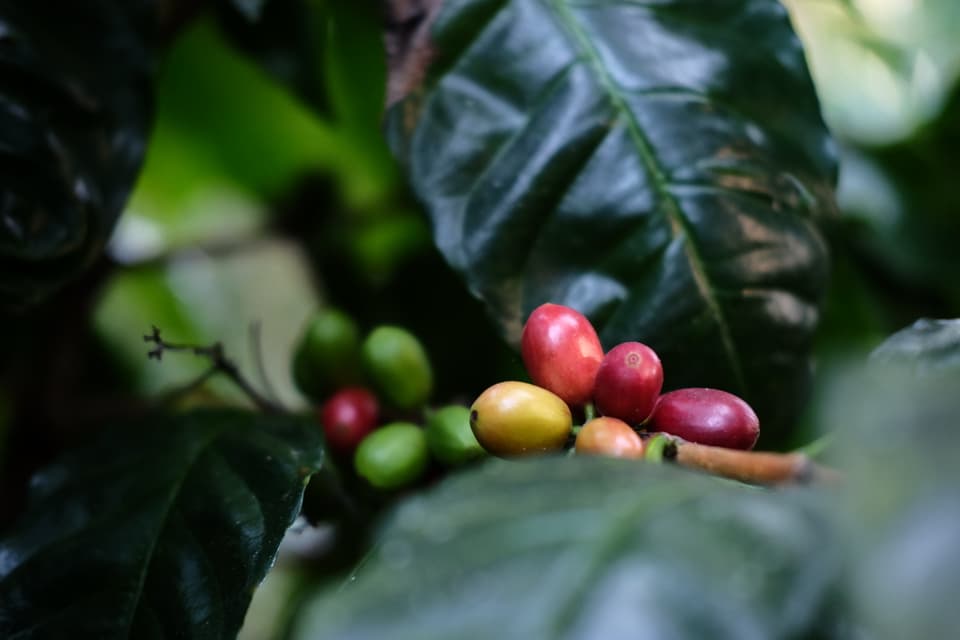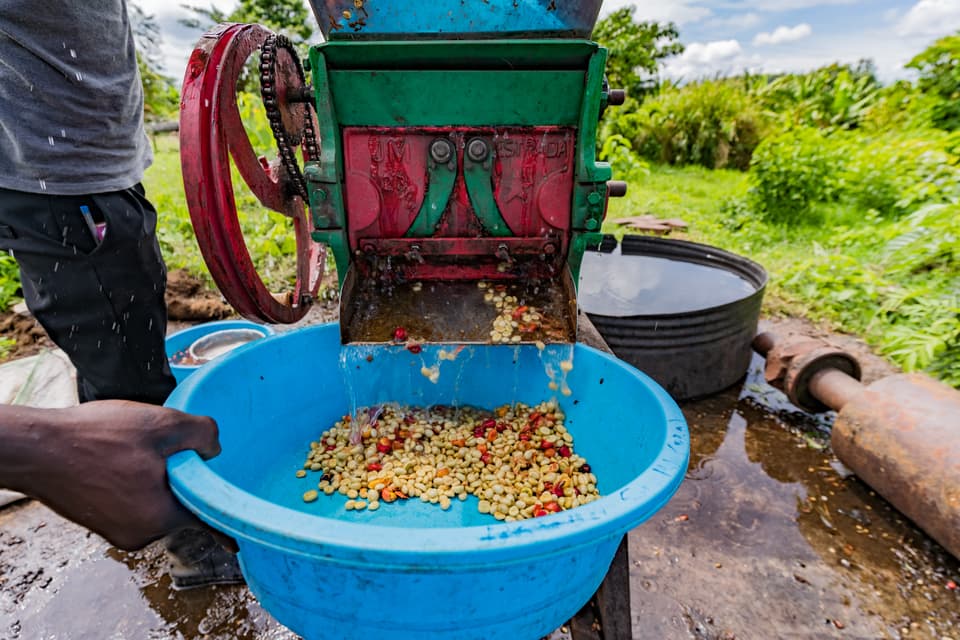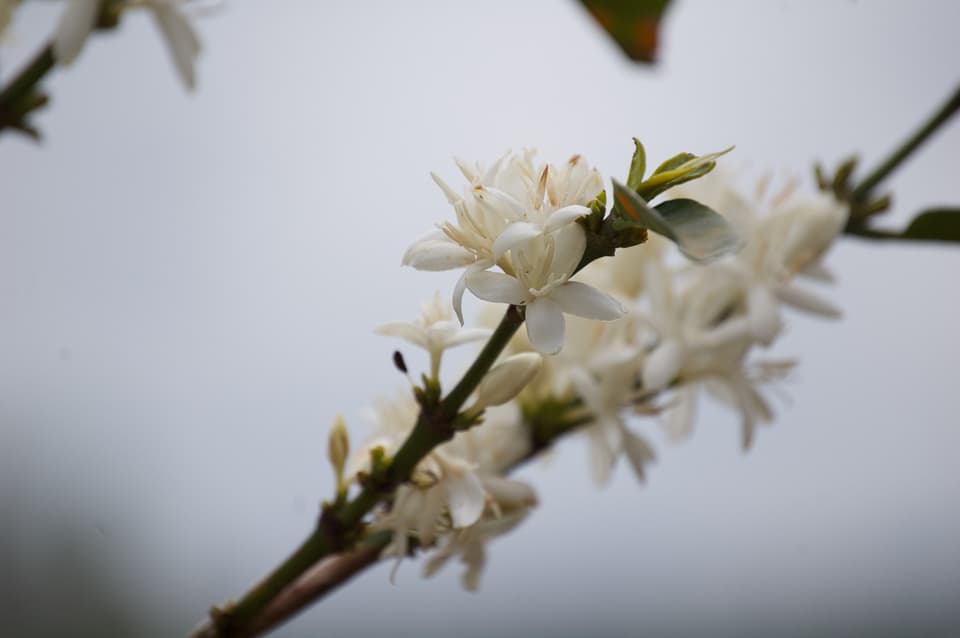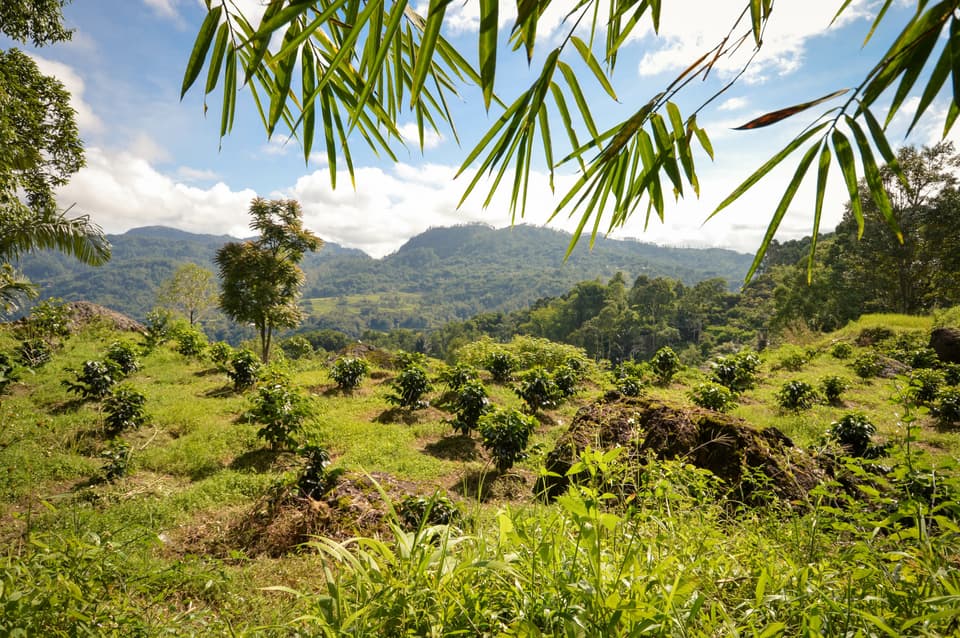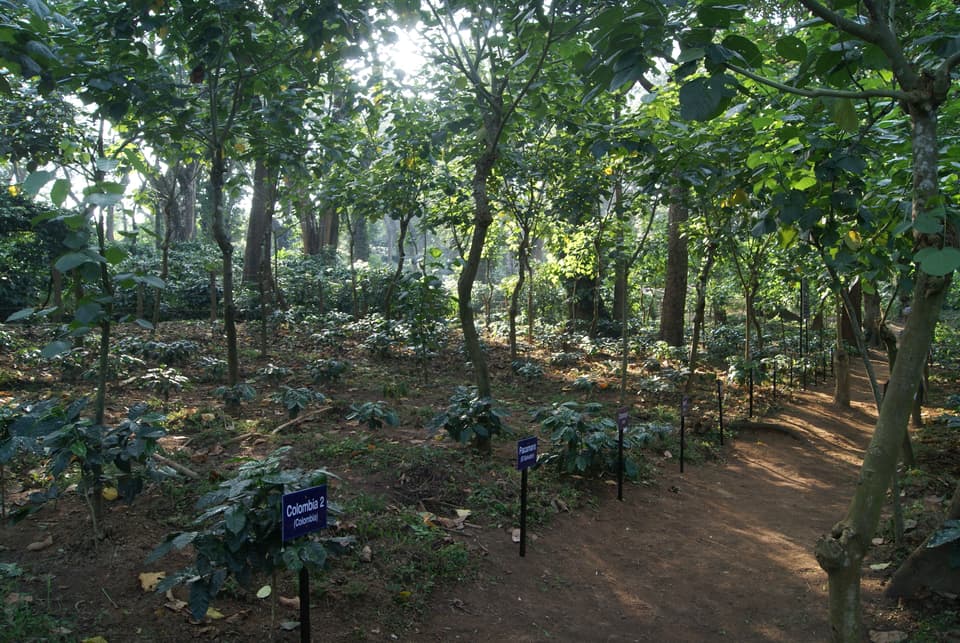Peru is the world’s leading producer of certified Fair Trade and organic arabica coffee. Peru’s coffee areas stretch along the eastern slopes of the Andes, covering 17 of 24 regions. A third of all agricultural employment in Peru is connected to coffee. National priorities for coffee include increasing productivity using sustainable approaches, improving the consistency of quality, and building international awareness and demand for Peruvian coffee. For two decades, coffee was the most important agricultural crop in the country, today it faces increasing competition from high-value crops like grapes, avocados, and blueberries. Peru does not have a national coffee institution, but does have a national coffee strategy (2018-2030).
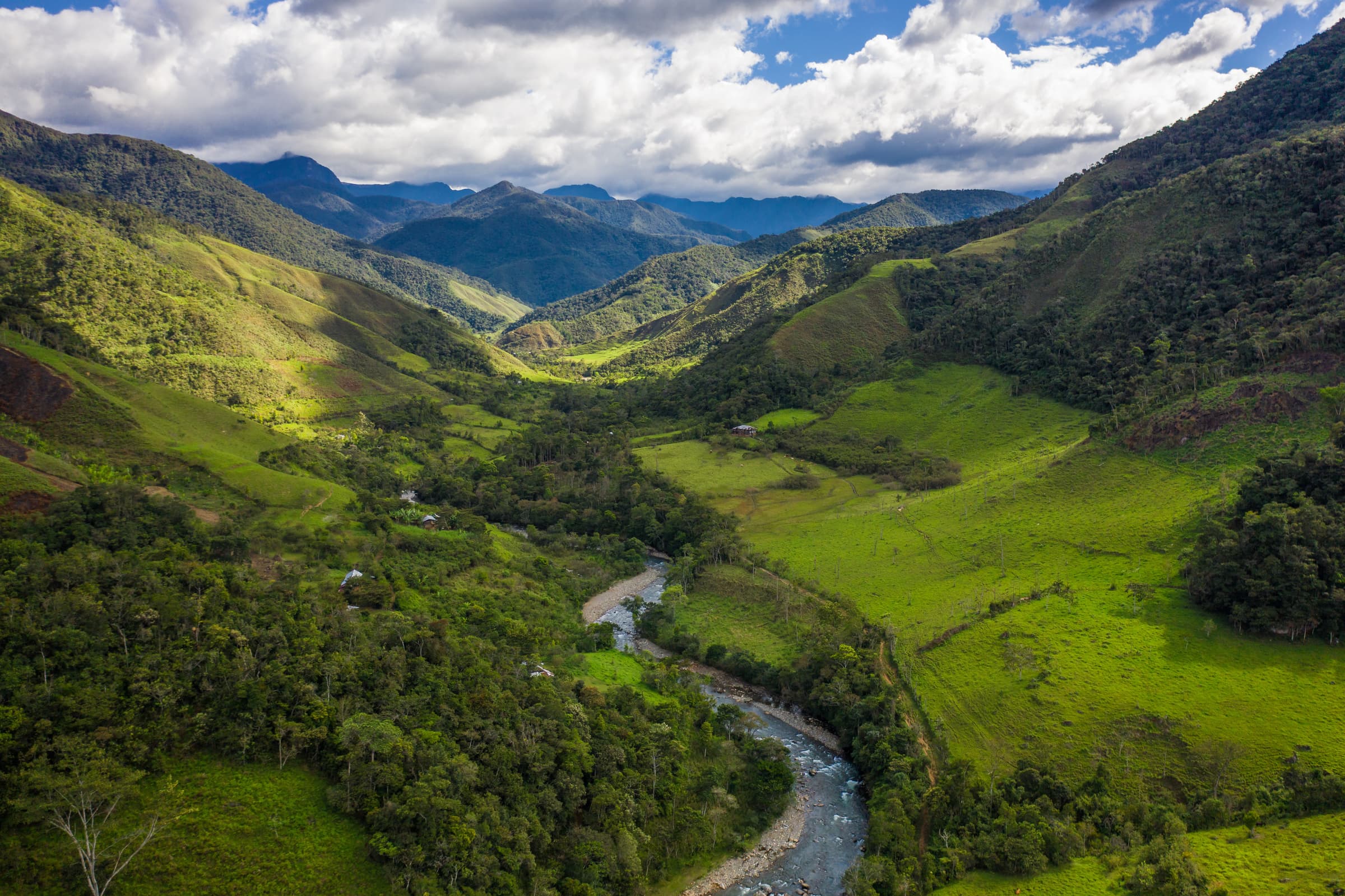
Peru
As part of the USDA-funded MOCCA program, WCR leading actions to improve coffee breeding and agronomic research in collaboration with WCR is also engaged in evaluating and improving seed lots and large nurseries and has developed training materials for small nurseries in the country. Peru hosts two WCR International Multilocation Variety trial sites in collaboration with the private sector. In collaboration with Perhusa, OLAM, and Technoserve Peru, there are also 16 on-farm trials testing common and improved varieties (Obata, Marsellesa, Geisha, Paraneima, and Bourbon).
Current Activity
Country Progress
Export volume, three-year average
Country Statistics
Coffee agricultural R&D is critical for delivering the productivity and quality improvements that lead to economic transformation at scale.
International Coffee Organization (ICO). 2021. Exports of all forms of coffee by exporting countries to all destinations. Accessed from https://ico.org/trade_statistics.asp?section=Statistics
TBD
Enveritas, 2018. “How many coffee farmers are there? Global coffee farm study”
Food and Agriculture Organization of the United Nations (FAO). 2021. Crops and livestock products. Accessed from http://www.fao.org/faostat/en/#data/QC
Agricultural Science and Technology Indicators (ASTI). 2021. ASTI database. International Food Policy Research Institute (IFPRI). Accessed from: https://www.asti.cgiar.org/data
Calculated using ICO production data and FAO area harvested data
Our Partners
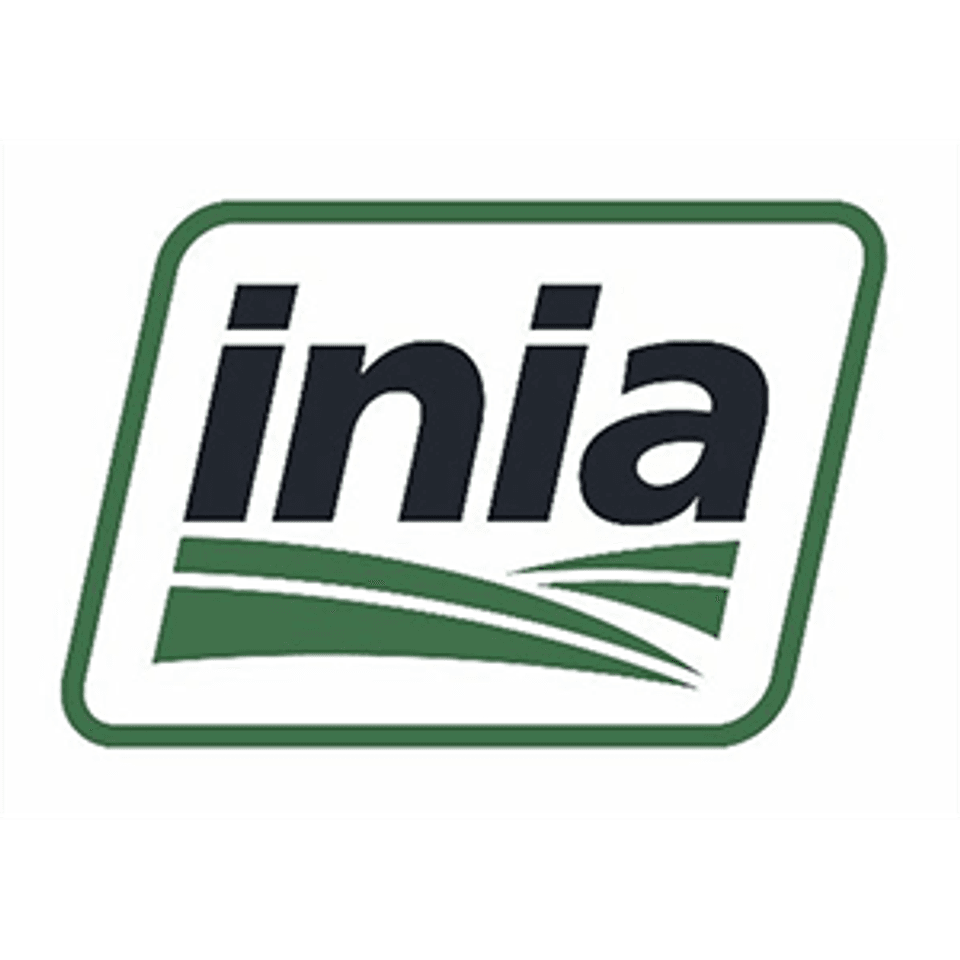
Instituto Nacional de Innovación Agraria (INIA)
INIA is Peru’s agricultural research institute, part of the Ministry of Agriculture. It contributes to equitable, competitive and sustainable economic growth through agricultural innovation. Their research supports Peru’s competitiveness, food security, and adaptation to climate change.
